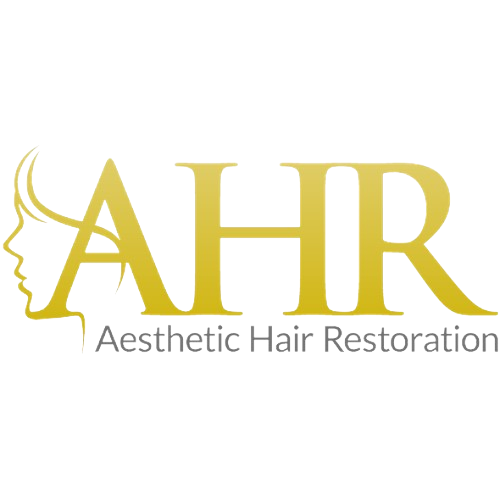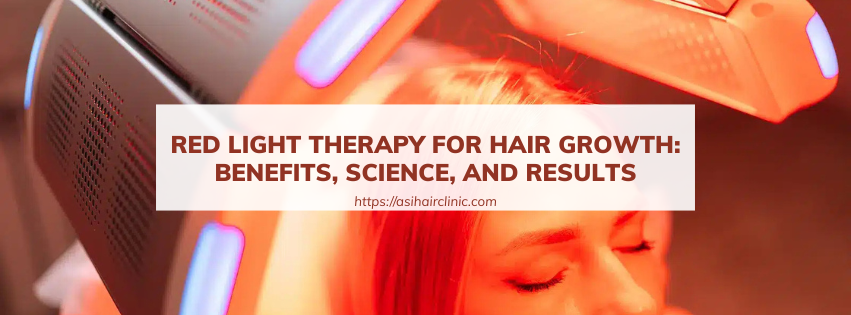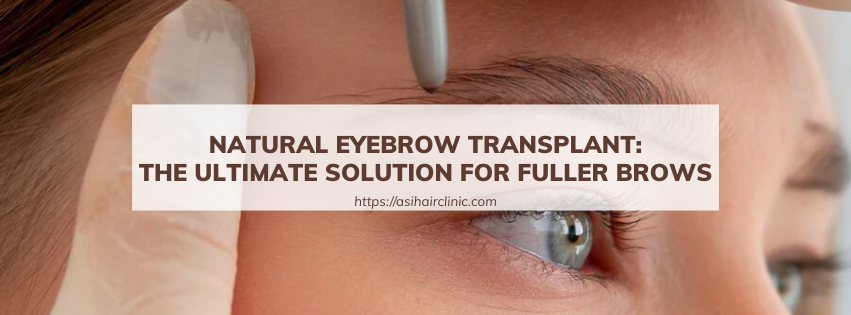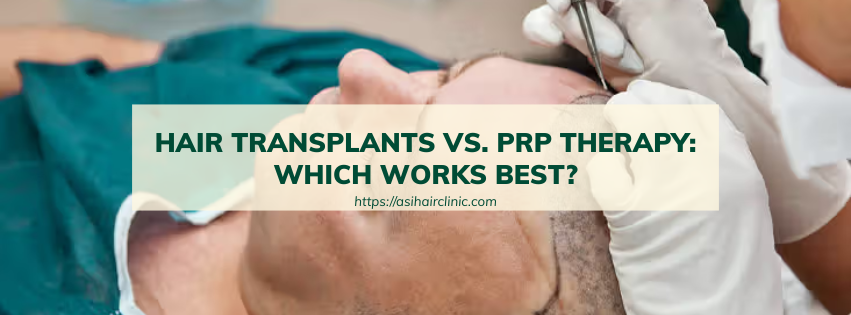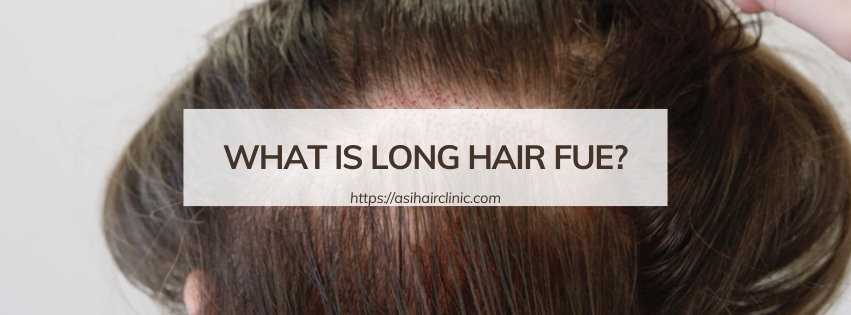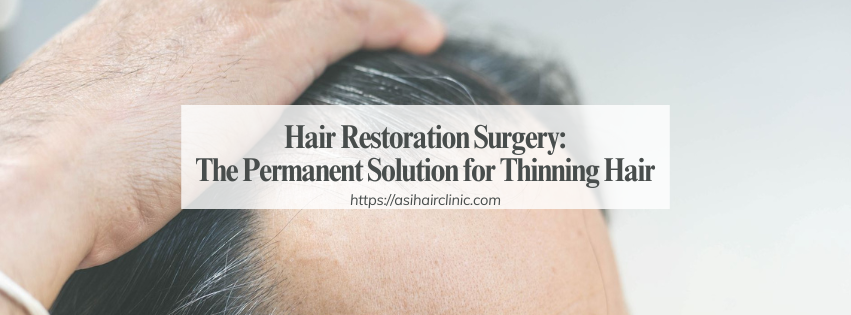Washing Hair After Hair Transplant: How to do it?
Washing hair after a hair transplant is an essential part of the post-operative care process. The way you handle your hair and scalp during the critical healing period can significantly impact the success of the procedure and the overall health of your newly transplanted hair follicles. This article will provide a comprehensive guide on how to wash your hair after a hair transplant, touching upon key aspects like gentle washing techniques, product choices, and long-term care strategies.
1. Understanding the Basics of Hair Transplant Surgery
Before diving into the nuances of washing hair after a hair transplant, it's crucial to understand what a hair transplant entails.
1.1. What Is a Hair Transplant?
A hair transplant is a surgical procedure that involves relocating hair follicles from one area of the body to another. Typically, the donor hair is harvested from the back or sides of the head, where hair is more resilient against thinning. This technique has gained popularity due to its effectiveness in treating male and female pattern baldness.
The procedure can vary depending on the specific technique used, such as Follicular Unit Extraction (FUE) or Follicular Unit Transplantation (FUT). Both methods aim for natural-looking results, allowing individuals to regain confidence in their appearance.
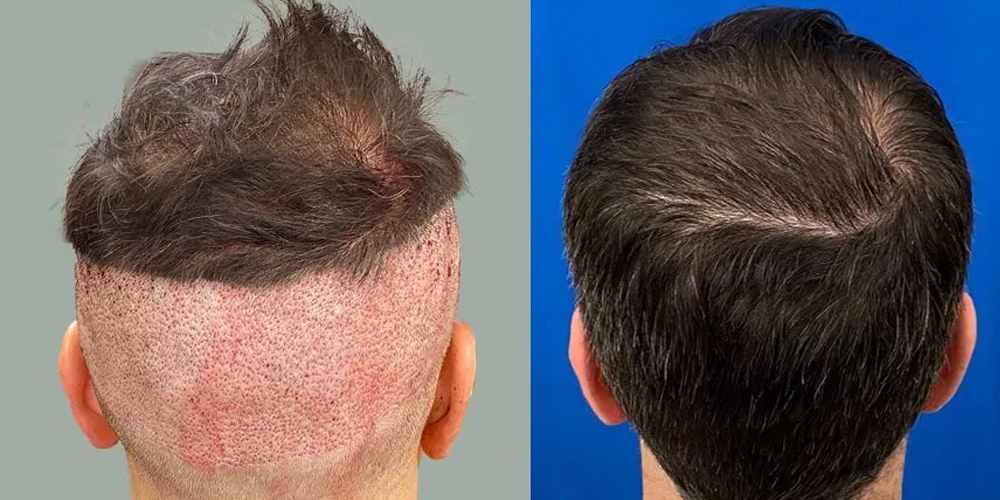
1.2. Why Post-Operative Care Matters
Post-operative care is vital for a successful hair transplant. The transplanted hair follicles are delicate and require special attention during the initial healing phase. Failing to adhere to instructions could lead to complications, including follicle damage, infection, or suboptimal growth.
When it comes to washing hair after hair transplant, the focus should be on minimizing any trauma to the scalp while maintaining cleanliness.
1.3. The Role of Gentle Washing Techniques
Gentle washing is not merely a recommendation; it’s a necessity. The newly implanted grafts are often held in place by tiny scabs, which are prone to dislodging if handled roughly. By employing gentle techniques and using appropriate products, you can nurture and protect your sensitive scalp.
2. The First Wash: Setting the Stage for Success
The first wash post-surgery is critical. It sets the tone for your hair care regimen moving forward. Here's what you need to know about this vital stage.
2.1. Timing Your First Wash
Most surgeons will recommend waiting between two to three days before attempting your first wash. During this time, give your scalp the opportunity to form protective scabs over the transplanted follicles.
It’s essential to listen to your surgeon’s advice regarding when to wash your hair. When it's finally time to cleanse your scalp, follow these steps carefully.
2.2. Preparing for the First Wash
Preparation is key to ensuring a safe and effective first wash.
Gather your supplies beforehand. You will need:
- A mild, fragrance-free shampoo recommended by your surgeon.
- A soft cup or jug for rinsing.
- A clean towel for drying your hair gently.
- A clean basin to catch excess water.
Make sure the environment is clean; this minimizes the risk of infections that may arise during the washing process.
2.3 .Executing the First Wash
When you're ready to wash your hair for the first time, follow these detailed steps to ensure minimal disruption to the grafts:
- Removing Bandages: Start by delicately removing any bandages or dressings from the recipient area following your surgeon's guidance. Avoid picking at any scabs that may have formed.
- Rinsing: Rinse your hair gently with lukewarm water. Opt for a gentle pour from your cup or jug rather than direct streams from a showerhead. High-pressure water can easily dislodge fragile grafts.
- Applying Shampoo: Take a small amount of the gentle shampoo and work it into a lather using your fingertips. Remember, patience is key—do not rub or scrub the area as this could lead to unnecessary trauma.
- Thoroughly Rinsing: Use lukewarm water again for rinsing. Ensure all shampoo is removed without applying excessive pressure to the scalp.
- Patting Dry: Finally, pat your hair dry gently with a clean towel. Avoid any rubbing motions to protect the transplanted follicles.
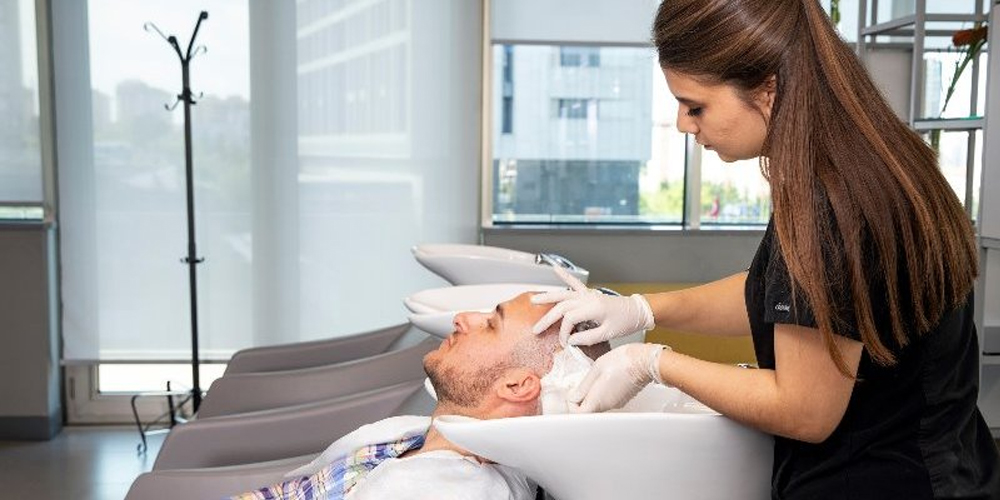
2.4. Post-Wash Care Essentials
Once you've completed the first wash, transition into a post-wash routine that promotes healing.
Avoid exposing your scalp to direct sunlight or heat sources immediately after washing. If you must go outdoors, don a hat to shield your sensitive scalp.
Additionally, refrain from scratching or touching the treated areas. Any disruptions can hinder the healing process and threaten the integrity of the transplanted grafts.
2.5. Monitoring for Complications
Keep an eye on the recipient site for signs of infection, such as redness, swelling, or discharge. Immediate communication with your surgeon can address any abnormalities before they become significant issues.
3. Weekly and Monthly Hair Washing Guidelines
As you progress through your recovery, you can gradually adjust your hair washing frequency and techniques based on your healing status.
3.1. Week 1 to Week 2: Gentle Routine
During the first couple of weeks following your hair transplant, stick closely to your established washing routine.
Wash only once a day or every other day with a gentle shampoo. While it may be tempting to return to a normal routine, remember that the grafts are still sensitive.
3.2. Week 3 to Week 4: Easing Into More Frequent Washing
By weeks three to four, the healing process should be underway. At this point, you can consider increasing your washing frequency to twice weekly.
A mild conditioner can also be introduced, provided your surgeon has given the green light.
3.3. Month 2 Onwards: Transition to Normalcy
Once you reach the two-month mark, you’ll likely find that your scalp’s sensitivity has diminished considerably. Most individuals can transition to their regular washing frequency while continuing to use gentle, non-irritating shampoos.
That said, it remains crucial to remain vigilant about the products you choose. Harsh chemicals or heavy styling products can aggravate your scalp and compromise the health of your transplanted hair.
4. Long-Term Hair Care Strategies
Once the immediate aftermath of your hair transplant has passed, it’s essential to establish a long-term hair care routine that supports healthy growth.
4.1. Choosing the Right Products
Opt for shampoos and conditioners specially formulated for sensitive scalps or post-transplant hair care. Look for products free of sulfates and parabens, as these can be harsh on delicate hair follicles.
Using a nourishing leave-in conditioner can also help maintain moisture and promote a healthy scalp environment.
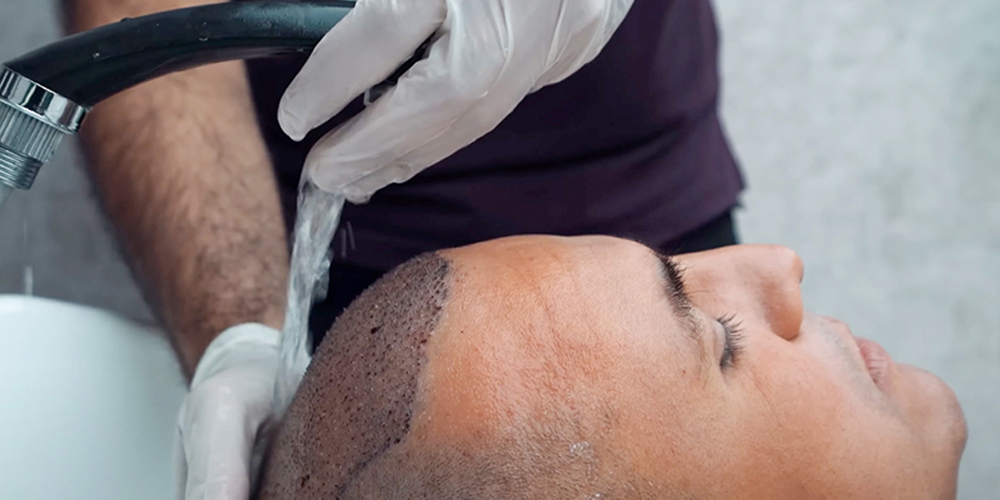
4.2. Manage Heat and Styling
Excessive heat can weaken both your natural and transplanted hair. If you enjoy styling your hair, limit the use of heat tools. Air-drying your hair instead of blow-drying and avoiding curling irons will contribute positively to your hair's vitality.
4.3. Lifestyle Choices for Healthy Hair Growth
Integrate healthy lifestyle choices to support optimal hair growth. A balanced diet rich in vitamins and minerals greatly affects hair health.
Incorporate foods high in omega-3 fatty acids, protein, and vitamins A, C, and E into your meals. Regular exercise also enhances blood circulation, which nourishes hair follicles effectively.
4.4. Protecting Against Environmental Factors
Your hair requires protection from environmental aggressors, especially sun exposure. Wear hats or UV-protective scarves when spending considerable time outside to prevent damage.
If you live in an area with extreme weather conditions, consider using a moisturizing scalp cream or spray to combat dryness.
5. Common Questions Regarding Hair Wash After Hair Transplant
Navigating the post-operative period can be confusing. Here are some common queries regarding washing hair after a hair transplant.
5.1. Can I use regular shampoo after a hair transplant?
For the initial weeks after your surgery, stick to the gentle, fragrance-free shampoo prescribed by your surgeon. Regular shampoos may contain ingredients that can irritate and affect your healing grafts.
5.2. Is it okay to use a showerhead for washing?
In the early stages, avoid using a high-pressure showerhead. Instead, use a gentle stream of water poured from a cup or jug. Once you receive clearance from your surgeon, you can gradually reintroduce showering normally.
5.3. How frequently should I wash my hair post-surgery?
While your specific washing schedule may vary, most surgeons recommend washing your hair gently once a day or every other day during the first two weeks. Follow your surgeon's advice to navigate this correctly.
5.4. What if I see scabs or crusts after my transplant?
Scabs and crusts are typical following a hair transplant. Instead of picking at them, allow them to fall away naturally. Gentle washing will assist in this natural process.
5.5. What if I notice some hair falling out after the procedure?
Experiencing some hair loss within a few weeks post-transplant is normal. This "shock loss" is a sign that the follicles are adjusting and making way for new growth. Be patient, as new hair should begin to emerge soon.
Conclusion
Understanding how to properly care for your hair after a hair transplant is vital for ensuring the success and longevity of your newly transplanted hair. From your first wash to establishing a long-term care routine, every step significantly contributes to the outcome of your transplant.
Employ gentle techniques, opt for the right products, and prioritize overall health for the best results. Should questions or uncertainties arise, always consult with your surgeon for tailored recommendations. By taking these measures, you can enhance the chances of achieving thick, vibrant hair that boosts your confidence and transforms your look.
LATEST POSTS
